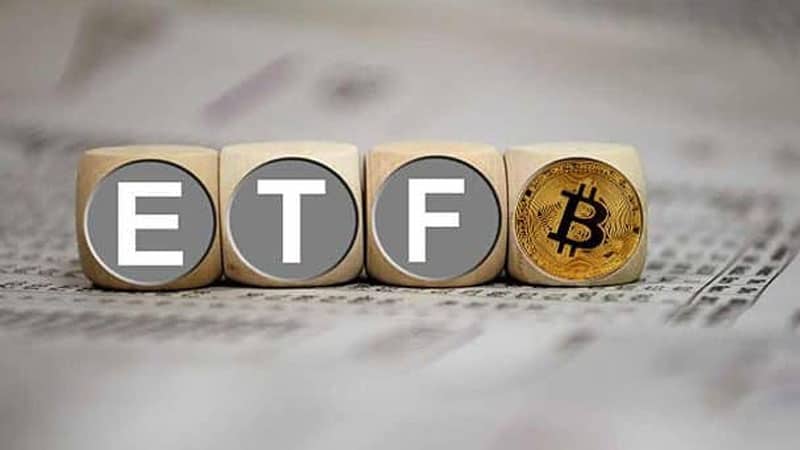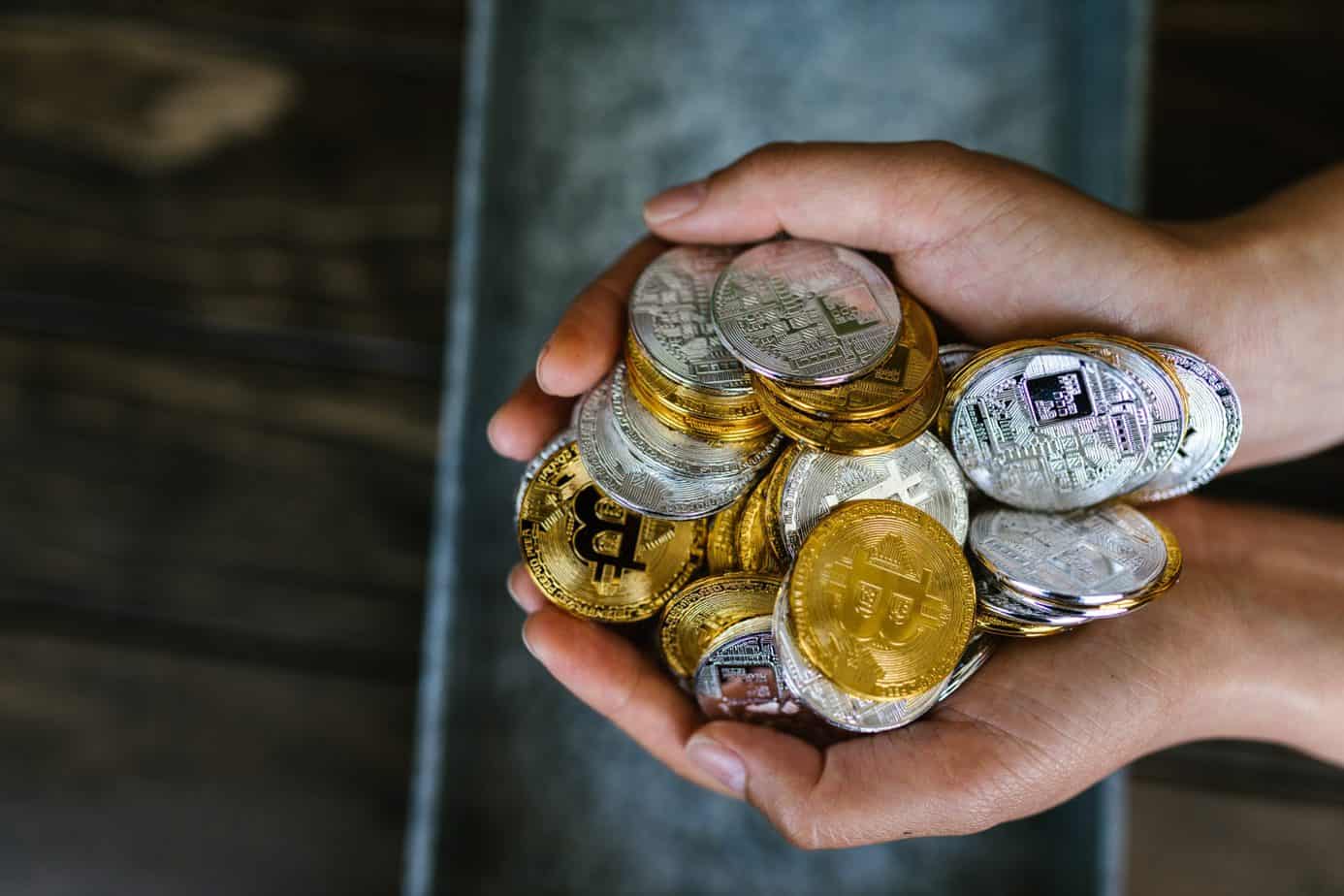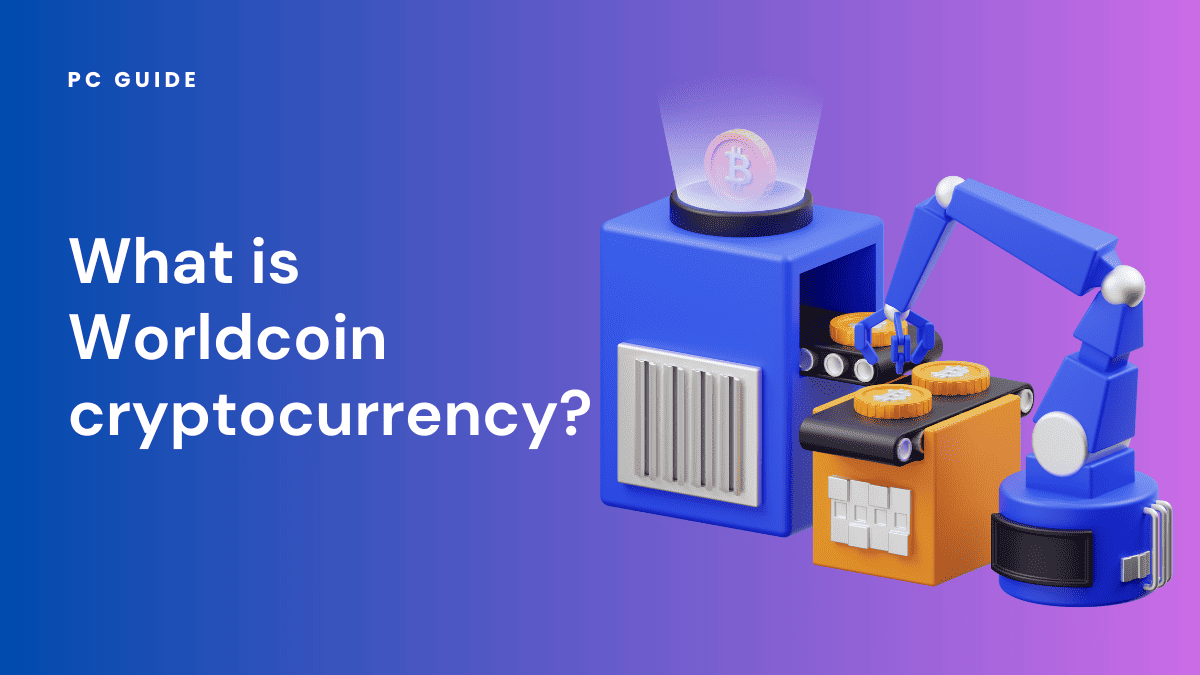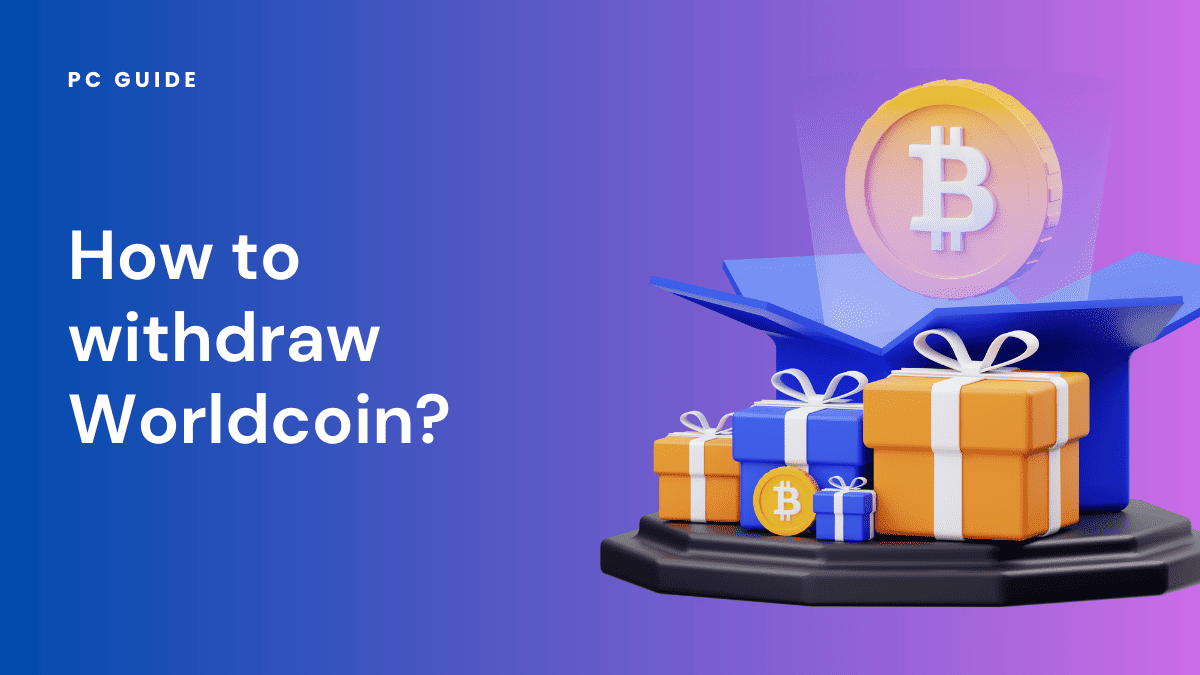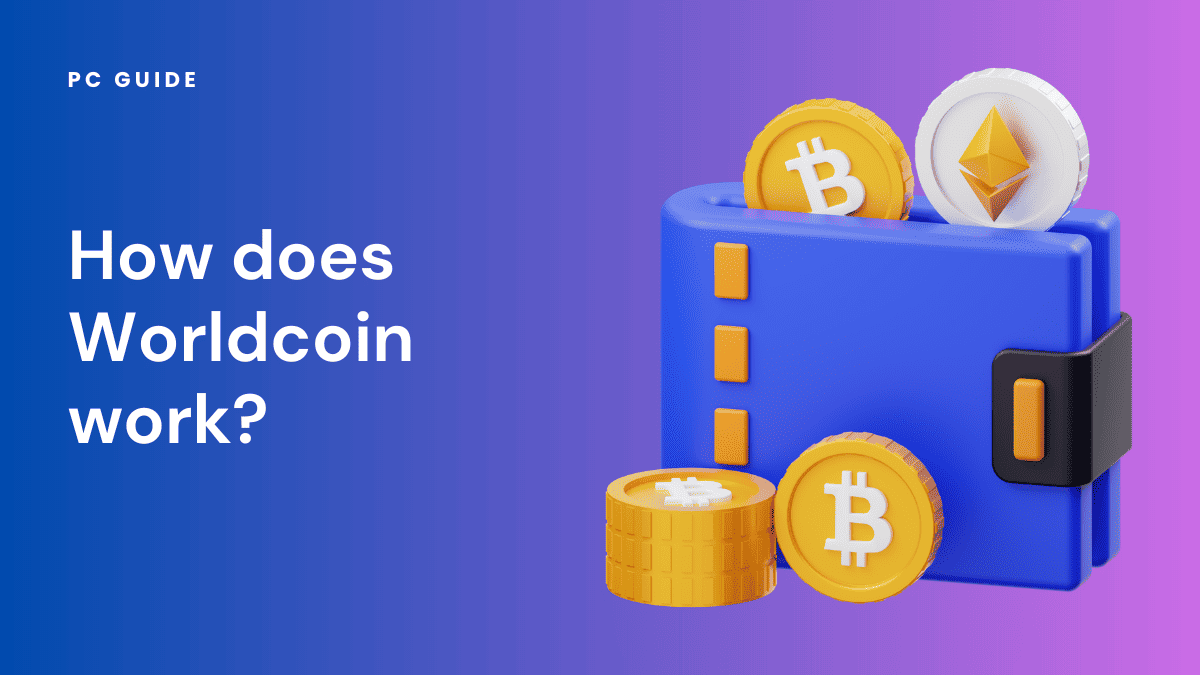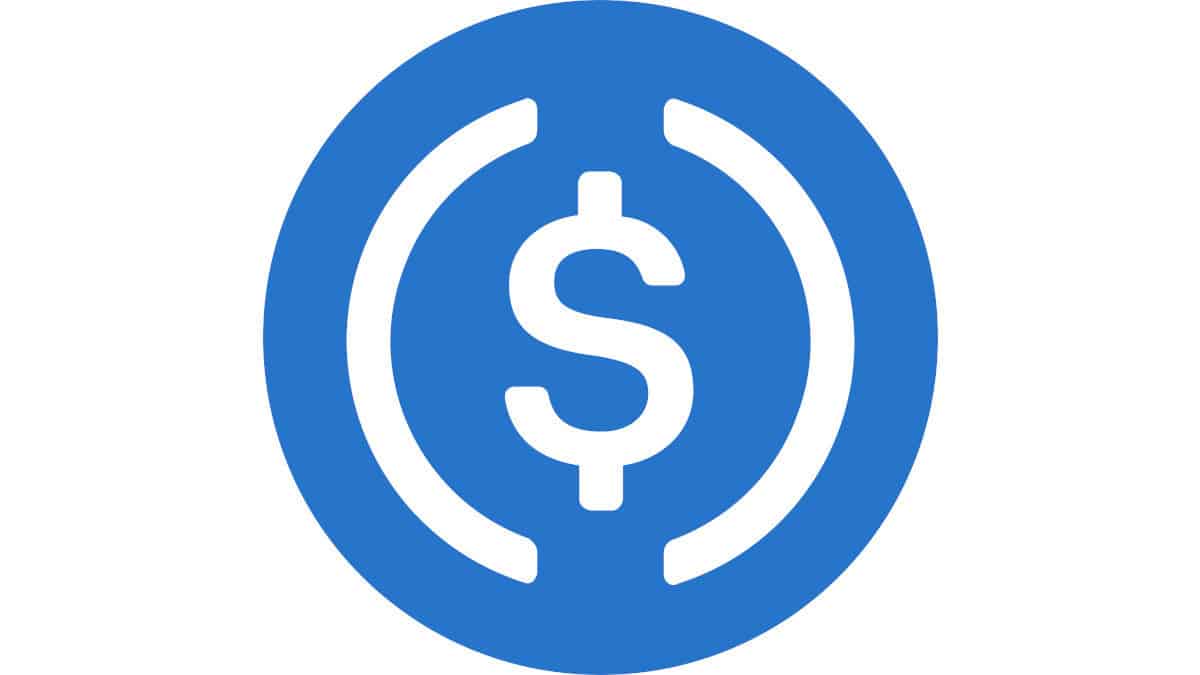A piece of software called Uniswap, which runs on Ethereum, aims to encourage a global user network to maintain an exchange where traders can buy and sell cryptocurrencies.
One of the many decentralized finance (DeFi) protocols that are currently being developed, Uniswap uses a variety of crypto assets, including its own native UNI cryptocurrency, to offer a service akin to a conventional exchange.
The distinction is that Uniswap lacks a single central administrator or operator. Due to its ability to give users access to newer, less liquid cryptocurrencies that aren’t offered on more established exchanges, Uniswap may appeal to traders.
The UNI cryptocurrency used by Uniswap is essential to running and maintaining its network. By voting on proposals that could advance Uniswap’s development and enhance its ecosystem, users who hold UNI participate in the protocol’s governance.
Uniswap to USD Chart
[ccpw id=”160846″]
Convertor
[ccpw id=”160847″]
Coin Project
[ccpw id=”160848″]
The network of Uniswap is made to make it easier to buy and sell crypto assets in a manner similar to a traditional exchange.
It accomplishes this by upholding smart contracts where users can deposit cryptocurrency assets that traders can access programmatically. Users who trade against the pool’s assets pay a fee, which is then proportionally distributed to each liquidity provider according to their contribution to the pool.
Uniswap makes use of a number of liquidity pools rather than maintaining a central order book where buyers and sellers can place orders. Liquidity providers contribute to Uniswap pools by first locking two assets into a smart contract, much like protocols like Balancer and Curve.
For instance, the DAI/ETH liquidity pool on Uniswap consists of deposits with equal amounts of DAI and ETH. The operation of Uniswap depends on deposits in these pools because users can exchange one token for another by buying and selling cryptocurrencies from the liquidity pool.
Then, providers receive compensation in the form of newly created UNI cryptocurrency as well as a share of the trading commissions in exchange for maintaining liquidity in these pools.
As long as there is a trading liquidity pool, anyone can list a token on Uniswap. Nevertheless, because Uniswap is based on Ethereum, it does not list tokens that trade on other blockchains.
When the company first came out with USDT in 2014, its goal was to make traditional fiat currencies work better with newer crypto assets, which were traded all the time on a busy global market.
As soon as a USDT is created and released, it can be transferred, stored, and used by a wide range of companies (exchanges, wallets, financial services), as well as by private traders who want to stay away from the sometimes wildly volatile cryptocurrency markets.
Tether has also proven to be an effective tool for exchanges, enabling them to expand the number of trading pairs they offer while facilitating activity in regions where cash trading might not be possible.
Markets
[ccpw id=”41288″]
Wallets
| Ledger | Visit website |
| Trezor | Visit website |
| Math Wallet | Visit website |
| Trust Wallet | Visit website |
| BTC Wallet | Visit website |
| Electrum | Visit website |
| Coinbase | Visit website |
| Cobo | Visit website |
News
FAQs
What is a liquidity pool on Uniswap?
Two tokens are kept in each Uniswap pool, and when combined, they represent a trading pair for those assets. Uniswap calculates the pair’s price using the equation (x * y = k).
In this equation, k is the total, constant price of the pool, and x and y stand in for each token’s pool balance. The first liquidity provider establishes the initial price of the assets in a newly formed liquidity pool by supplying an equal amount of both tokens.
Then, using the formula, buyers can exchange tokens within the pool. The formula is used by the smart contracts that run the protocol to take the buyer’s token purchase and return an equal number of tokens, maintaining the pool price overall.
It should be noted that because each trade carries a fee, the total amount of liquidity in a pool increases slightly with each transaction, making the system profitable for liquidity providers.
If another buyer completes a trade in the exact same direction as a result of this price change, they will receive a marginally worse rate for their trade, aiding in the maintenance of system equilibrium.




